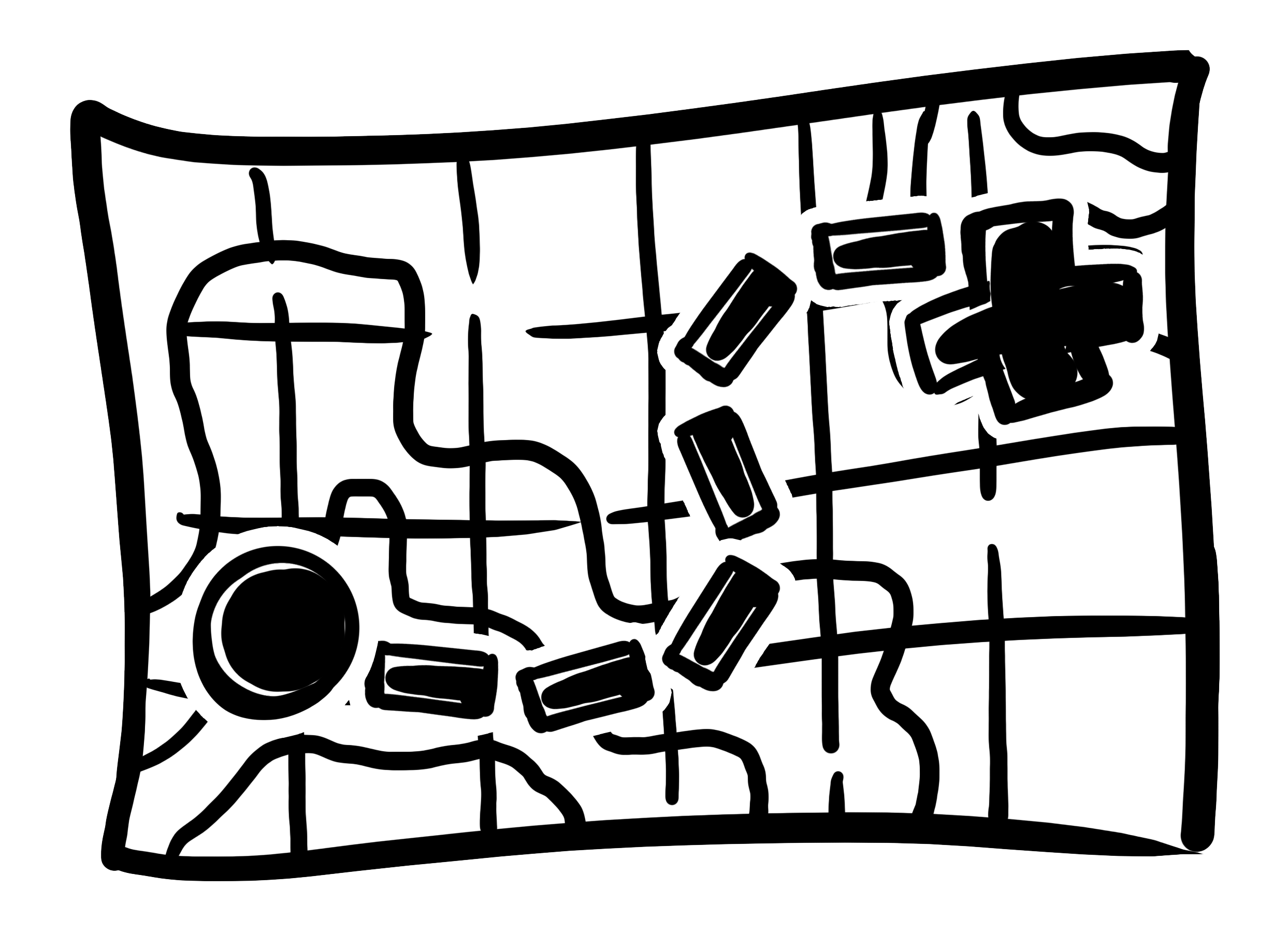Storytelling In Explainer Videos
In the mood for a story? Probably so – we humans love stories. Since storytelling also helps our brains absorb content particularly well and retain it in the long term, it is an essential component of every good explainer video. Here you can learn how to convey complex and seemingly dry topics in an appealing and entertaining way – with storytelling!
What is storytelling anyway?
To answer this question, let’s have a go at a storytelling definition:
The concept of storytelling has been adopted and used in so many different ways in recent years – from marketing, psychology, journalism to management, and, of course, the drama-based arts of film, theater, and literature. There are so many different definitions of it, each tailored to the respective discipline. We have rummaged through the various perspectives on storytelling for you and can say this with certainty: it is always about feelings, about a straight path to complex contexts, and about bringing both together in such a way that a certain target group feels inspired to listen, watch or read the story. Now, let’s say it simply:
Storytelling is about simplifying complex topics, triggering feelings in the audience, and creating a need for them to get to the conclusion of the story and understand its content.
Use the successful simpleshow method for your storytelling
Storytelling has always been an essential part of simpleshow’s scientifically tested and proven method of explanation. We believe in reducing complex matters to their integral components – that’s why the storytelling we use in our explainer videos is clear and easy to understand. It can be divided into three parts: character, scenario, and drama.
Use a figure for identification

To attract the interest of your target group to your explainer video, you should give them the opportunity to identify with it. The easiest way to achieve this is to use a character. Ideally, one that is close to your audience. You can also choose an object, a company, or even something as abstract as “compliance guidelines.” You’d be surprised by what your target group can identify with! As long as the object of identification is something they can easily understand and relate to, then you are good to go. Too abstract?
Here’s an example:
Your main character “the compliance guidelines” is sad because no one wants to spend time with her. Poor thing! 🙁
Why does this tiny story element work? Your target audience consists of people who are most likely familiar with the feeling of being sad because they are unwanted. Also, your audience knows that compliance policies are usually not very popular. Both of these things help the audience to connect to and identify with the main character’s situation.
The simple way to find your character
The easiest way is to use a human figure that resonates with your target group: You sell stairlifts? Then your character should be older. Baby food? Your main characters are parents. Dog food? Dog owners! You get the idea.
Since you want to stick to the essentials in all aspects of your explainer video, don’t use more than two main characters, if possible. Too many cooks spoil the broth and a two-minute video with too many characters is guaranteed to ruin your conversion. 😉
Create a scene – your viewers will thank you for it

A character alone, however skilfully developed, does not make a story. What’s missing? Drama, baby! Drama is created when a character solves a problem (=dramaturgy) in a situation (=scenario). First, you need a scenario. For this purpose, it’s best to work with what you already have: your target audience, your character, and your topic. Let’s assume that your topic is a service that you want to promote.
Use this question to initiate the process of creating your scenario: What problem does my service solve for my target audience?
In case the answer to this question is still too abstract to work with, make it more concrete by asking yourself: What problem does my service solve for my character?
Use the dramatic arc

Now you just place your character in an environment that suits him/her and his/her problem, confront him/her with the problem and let the character solve the problem. Ideally with the help of your service. The drama comes from the emotional tension your story builds. Most of us have heard, seen, and read so many stories that we already know this flow. It goes like this:
Introduction: introduction of the characters and the scenario.
Main part: confrontation with the problem, carrying out the solution.
Conclusion: resolution of the problem, reference back to the original scenario.
This simple structure is used in most stories and explainer videos. The introduction lays the foundation of your story, the main part featuring the problem creates a tension, which is then processed through the execution of the solution and finds its resolution in the conclusion. Referring back to the initial situation makes your story “feel complete”.
All’s well that ends well, but it gets even better!
Now you know how to use storytelling to convey complex and supposedly dry topics in an appealing and entertaining way. We hope you have fun trying it out!
If you are still missing a tool for the creation of your stories or if you would like to use one of our many story templates, we recommend you take a look at our simpleshow video maker. With this tool, you can create your explainer videos with just a few clicks – “automagic” illustration, voiceover, and animation included. Sounds like a fairy tale, but it’s true. We utilize natural language stacks, artificial intelligence, and open-source data to help you put a video together in minutes. No video experience required!
